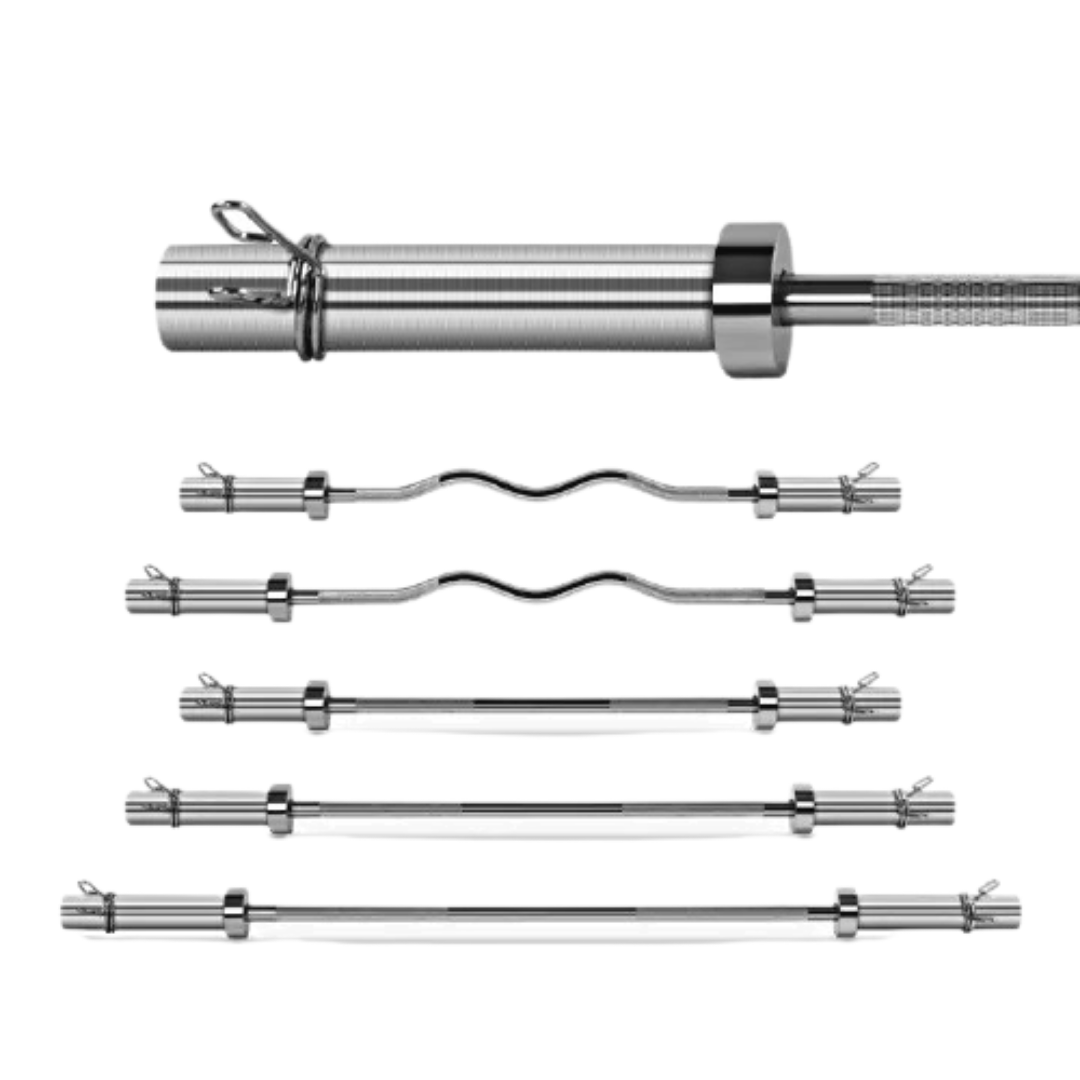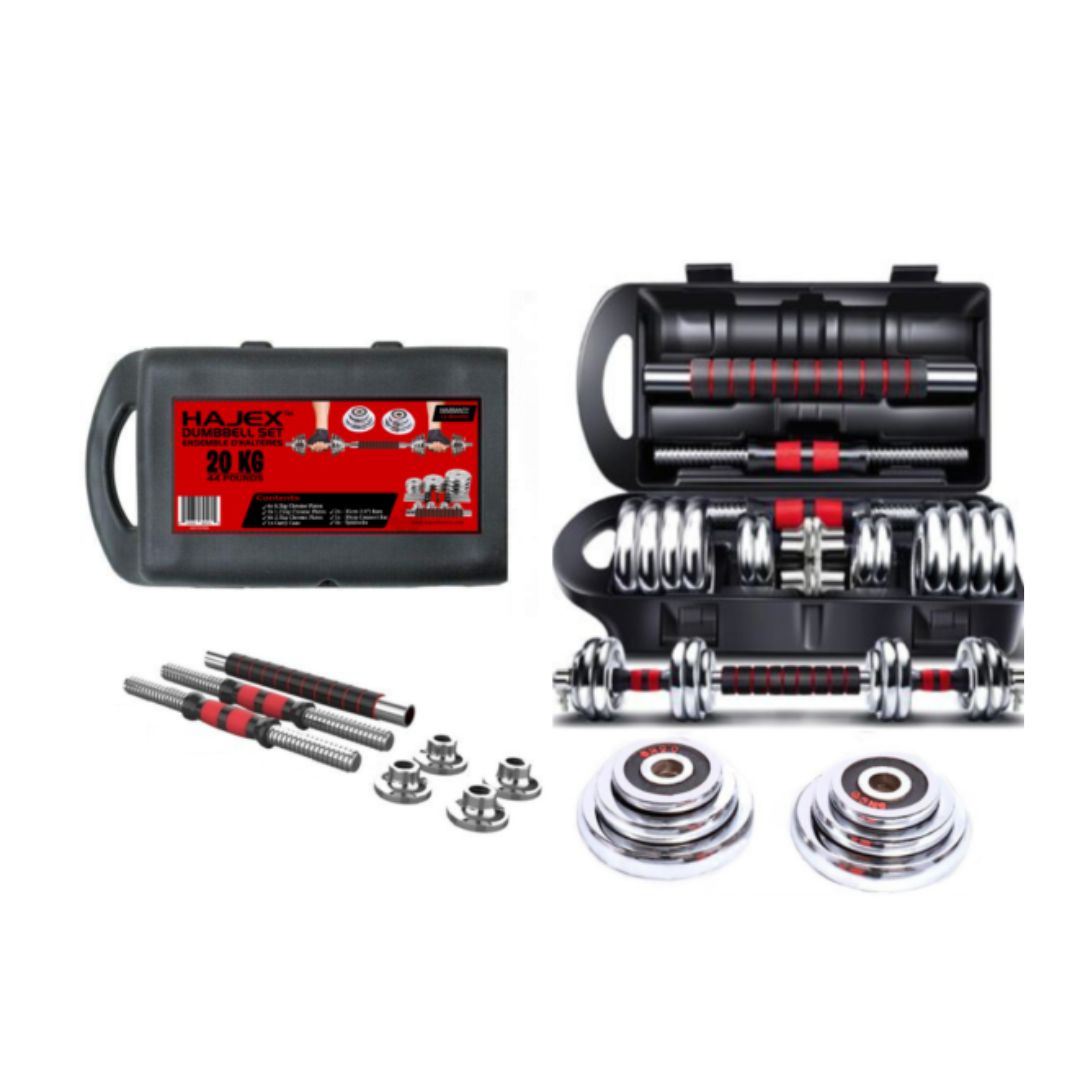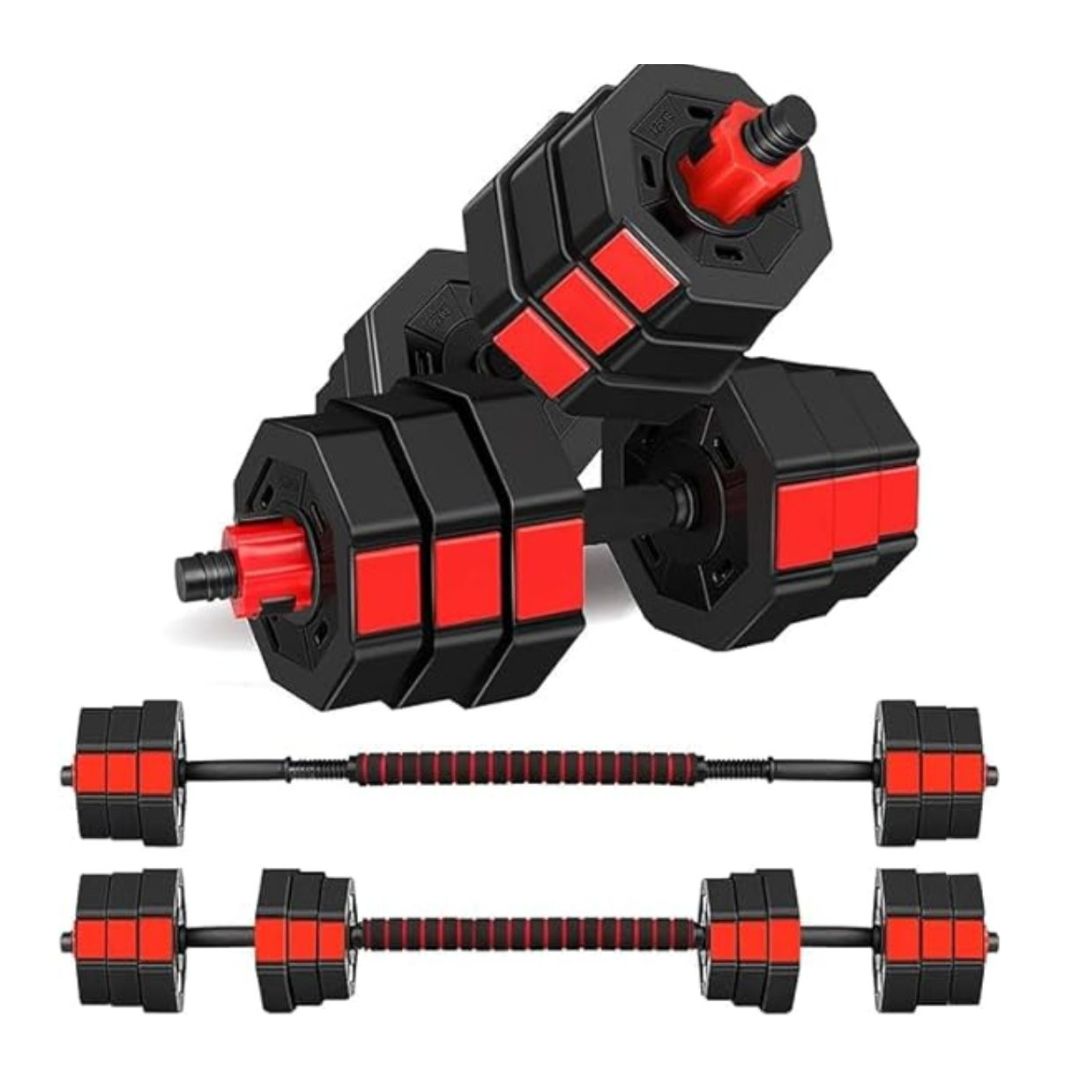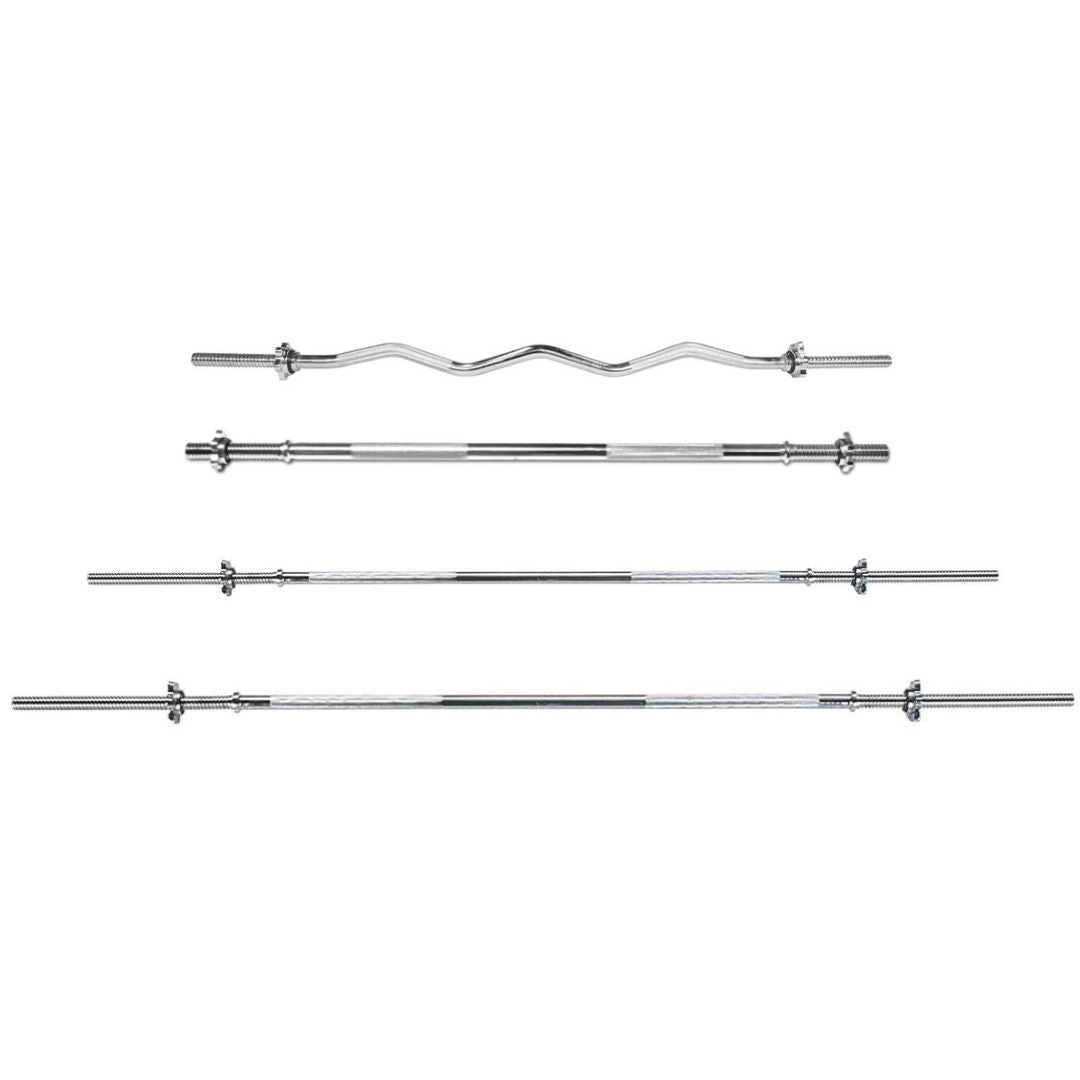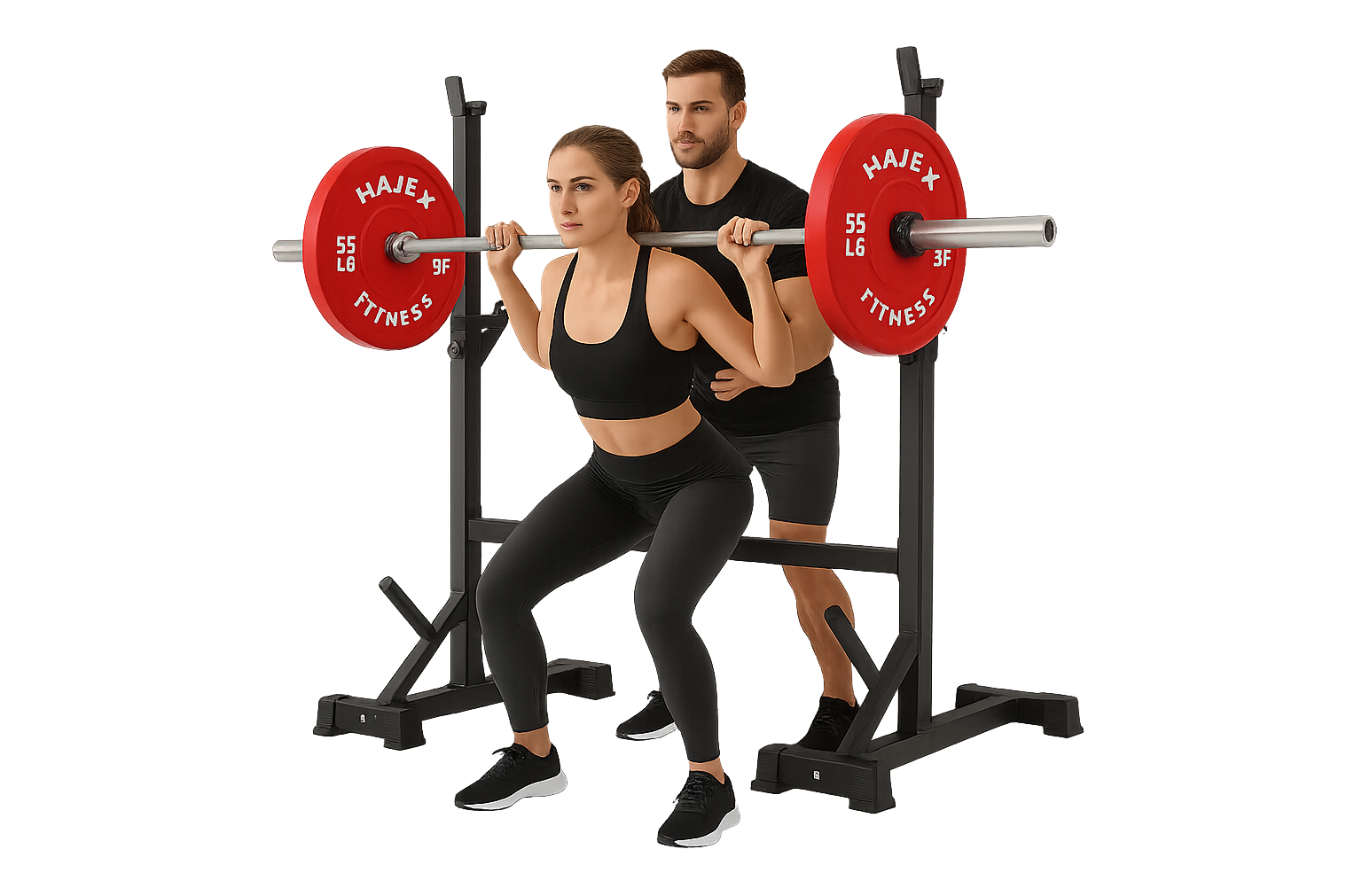The 8 Great Barbell Exercises For Power, Strength, And Mass
Barbell practice is a single point of contact for more muscle mass, strength, fat loss, and power. Because you can load up the barbell with more weight than dumbbells and kettlebells can offer. Barbell has a strong history in strength sports. Moreover, it can be used in many ways. With barbells, you can perform a squat, bench press and load it on your front or your back, and even leap with it.
If you are new to using a barbell, then the main thing is to know which exercise you need to focus on as there are countless exercises available today. In this blog, we will know the eight best barbell exercises to add to your training. So, let's figure out the strength of the barbell, an ordinary training gear, by experiencing these eight tried and tested workouts.
The Top 8 Barbell Exercises
- Barbell Back Squat
- Barbell Front Squat
- Barbell Bench Press
- Barbell Rack Pull
- Barbell Romanian Deadlift
- Barbell Bent Over Row
- Barbell Push Press
- Barbell Hip Thrust
Back Squat
The king of all exercises is back squat. To perform a squat with a weighty barbell on your back enables you to overburden your leg muscles with more load than you could with other gears. Your core works extra time as you fortify to make sure that your torso is firm while the movement. And your back, which is assisting the physical load, will also gather some strength benefits.
Also, back squats are best for both heavy, low-rep practice or lighter, high-rep practice. Higher rep squats induce the body to develop more growth hormones that activate the effect of growing your overall strength and size.
Gains of Back Squat
- Enhanced hypertrophy and leg strength. The back squat creates leg and back strength.
- A more vigorous lower body.
How to perform the Back Squat
The first step is to load the barbell with weights and place it onto the squat rack. Then bring your body under the bar and rest barbell over your shoulders and traps. You need to ensure that your hands are even on both sides of the bar. Also, keep your feet in the same position. Support your midline and keep your chest up. Now, take a deep breath and pack your stomach with air. Unrack the bar and take one step back from the rack. Then take another deep breath and hold. During this period you need to stay nice and tight. After this, bend knees and use the same ROM (range of motion). Exhale when you push up out of the bottom back squat position.
Front Squat
Front squat is used by advanced exercisers to target the lower body. It is a compound exercise. Though Back and front squat both are squatting patterns, the front squat supports the barbell in the front rack position, resting over your shoulders. This position relieves your back, lessens spinal compression, and pushes you to contract your upper back muscles well to avoid the bar from falling forward mid-lift.
In comparison to back squat, the front squat trains the anterior muscles of the body more heavily, arresting the quads and anterior core to a better degree.
Gains of the Front Squat
- Less pressure on the spine
- More carryover to Olympic lifts
- Reinforces upper back strength and posture as the weightlifter requires to strongly squeeze their back to make sure the barbell remains put while the lift.
How to Do the Barbell Front Squat
Suppose a right front rack position by placing the barbell over the shoulders, make sure that the bar is assisted with the upper chest and shoulders. Keep your chest up and shoulders down and take three steps back from the rack. Go down into a squat holding the back in neutral while reducing the forward lean of the torso. Push through the whole foot and stand up, after you have hit the bottom position, keeping an upright torso, forward elbow, and chest position.
Rack Pull
The rack pull is a deadlift variation that focuses all the same muscles in the normal deadlift but with a lower ROM (range of motion). For rack pulls, you begin with the barbell below or at knee height.
It is very easy to keep a neutral spine due to the reduced range of motion. Also, you can use more weight with the rack pull, so it both adjusts your body to manage heavyweights and strengthens the upper half — or lockout— of your deadlift.
Gains of the Rack Pull
- Strengthen your deadlift lockout.
- Enhances your grip and upper back strength.
- Due to partial range of motion, the rack pull is on your lower back.
How to Do the Rack Pull
Place the barbell in the squat rack either below or above the knees. Consider your normal deadlift position and grip. Grip and hinge down the barbell with an overhand shoulder-width grip and compress your armpits jointly, hold your chest up and shoulders back and pull up until lockout, closing with your glutes. Hinge back to the initial position and repeat.
Romanian Deadlift
In this blog, Romanian deadlift is our second deadlift variation, and there is a solid reason we select both over the traditional version. Concerning the Romanian deadlift (RDL), it is a little more definite and beginner-friendly. RDL used to build the strength of the posterior chain muscles, comprising the gluteus maximus, hamstrings, erector spinae, and adductors. It is an effective workout that strengthens both the core and the lower body. Generally, the RDL is more safe as your standard deadlift, it doesn’t enable you to use much weight. You can try to lift the same number of weights as your deadlift, but best of luck.
Gains of the Romanian Deadlift
- Improved muscle hypertrophy of the lower back, glutes, and hamstrings over standard deadlifts.
- Help to improve the upper back and lockout strength for traditional deadlifts.
How to Do the Romanian Deadlift
Stand up straight with your feet hip-distance separately and hold the barbell with an overhand grip in front of the thighs. With your shoulders down and chest up, take a heavy breath in and hip hinge until the barbell is under your knees. You need to always keep the barbell near to your body. Pause for a while and exhale and use your glutes and hamstrings to hold you back to a standing position.
Bench Press
The bench press targets the triceps, chest, and shoulders. Like most barbell workouts, it enables you to use more load than you could with dumbbells or kettlebells. This move is best for powerlifters as it’s one of the three key competition lifts.
Gains of the Barbell Bench Press
- Improved strength and hypertrophy for your shoulders, chest, and triceps.
- Enhance your overall pushing strength.
How to Do the Barbell Bench Press
To perform a bench press, you need to Lie flat on a bench on your back and get your eyes directly below the barbell. With hands, grip the bar greater than shoulder-width aside with a neutral wrist.
Take your feet nearer to your glutes, push back your feet and unrack the bar in the lockout position. As you breathe in and push back your feet, bring the bar gradually down to your chest. Until lockout, slightly bend your back to push the barbell.
Bent Over Row
To enhance and strengthen mass in the lats, upper back and promote good hip hinge mechanics, the bent over row is one of the best workouts you can perform with barbells. This isometrically trains the lower back, making it an excellent accessory workout to enhance your deadlift.
The bent-over row allows you to use the most weight. Mostly, more weight equals greater muscle and strength.
Gains of The Barbell Bent Over Row
- Add mass and strengthen your lats, upper back, and erector spinae.
- Reinforces good hip hinge mechanics.
- It has direct carryover to your deadlift.
- Increase postural control and strength.
Workout Suggestions
- For More Muscle: Perform 3 to 5 sets of 8-15 reps.
Push Press
Undoubtedly, the overhead press is a great shoulder workout. But many times you will find yourself not moving your lower body if you get something overhead. The triple extension of the ankles, knees, and hips is used by the push press, which almost mimics what many overhead athletes perform on the field and you perform at the gym or home.
Moreover, the lower body dip enables you to lift more load overhead than the barbell overhead press. Lifting more load overhead increases muscle and strength.
Gains of the Push Press
- Offers strength and muscle-building stimulus to your glutes and quadriceps.
- You can use more weight than the overhead press.
How to Do the Push Press
Stand in front of a weighted barbell, in a power rack set to around chin-height. With a grip, grab the bar that is pretty wider than shoulder-width. Dip your knees a bit, brace your abs, and push the bar overhead. Gently, catch the bar on your chest and then repeat.
Hip Thrust
Hip Thrust is a glute exercise. Performing hip thrust with a barbell will build both mass and strength in your glutes. The hip thruster is useful for enhancing hip extension by engaging the gluteal muscles and hamstrings. According to a proven research, the hip thruster is more helpful at triggering the hip extensor muscles as compared to the romanian deadlift, barbell squat, or the deadlift. It is quite important for the athletes who need to generate speed.
Gains of the Hip Thrust
- Builds more glute mass, strength, and power.
- Less technical and very easy to perform than other heavy weighted movements.
- Enhanced glute strength heads to improved stabilization of the pelvis, core, and lower back.
How to Do the Hip Thrust
Against the edge of a bench, sit with your back up. Roll a weighted barbell into the crease of your hips with padding across your pelvis. After securing the barbell, drive your back and feet towards the bench. You need your upper body and hips in a straight line and shoulder blades to be on the bench. As you lower your hips towards the ground, keep your upper body stable.
The Perks of Barbell Training
The one of the main advantages of the barbell over other workout equipment is to move load in a straight line over your center of balance. The best four barbell workouts i.e. squat, bench press, overhead press, and deadlift provide an overall workout because each of these utilize various muscle groups.
Instead of moving from machine to machine, you will get a full-body workout by performing some basic lifts with barbells. Here are some other perks of using a barbell.
Versatility
Whether you want to shape your body, strengthen muscle, hypertrophy, or want to improve athletic performance — the barbell will take you there faster.
Great Stability
The barbell is rigid and stable, and so there is less chance of divergence from the range of motion, unlike dumbbells and kettlebells.
Progressive Overload
You can load up the barbell to your max. But you cannot do the same with free-weight i.e. dumbbells, kettlebells.
How to Warm Up for the Barbell
To make the muscles and joints ready for a heavy weighted barbell, it is essential to warm up with flexibility and core work. You can perform ramp-up sets as a prolonged warm-up.
It will not only grease the groove but also assist you to find out your working weight for the day. Here’s an example of a ramp-up sets:
- Four rep with 175 pounds
- Five reps with 165 pounds
- Six reps with 155 pounds
- Eight reps with 135 pounds
- 10 reps with an empty barbell
Do you want to start your barbell training from today? If so, shop the most reasonable and quality barbell from HAJEX™.
 WEIGHT PLATES
WEIGHT PLATES
 Cast Iron Olympic Plates
Cast Iron Olympic Plates
 Olympic Rubber Weight Plates
Olympic Rubber Weight Plates
 PVC Weight Plates
PVC Weight Plates
 DUMBBELLS
DUMBBELLS
 Rubber Hex Dumbbells
Rubber Hex Dumbbells
 Cast Iron Adjustable Dumbbells
Cast Iron Adjustable Dumbbells
 Round Head Dumbbells
Round Head Dumbbells
 Neoprene Dumbbells
Neoprene Dumbbells
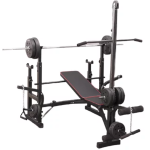 BENCHES
BENCHES
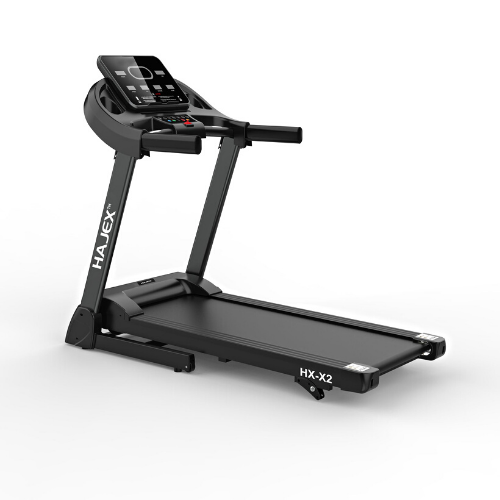 CARDIO
CARDIO
 BARBELL BARS
BARBELL BARS
 Home Gym Deals
Home Gym Deals
 Olympic Bumper Plates
Olympic Bumper Plates
 Tri Grip Plates
Tri Grip Plates
 Weight Plates Combo
Weight Plates Combo
 Olympic Steel Hub Bumper Plates
Olympic Steel Hub Bumper Plates
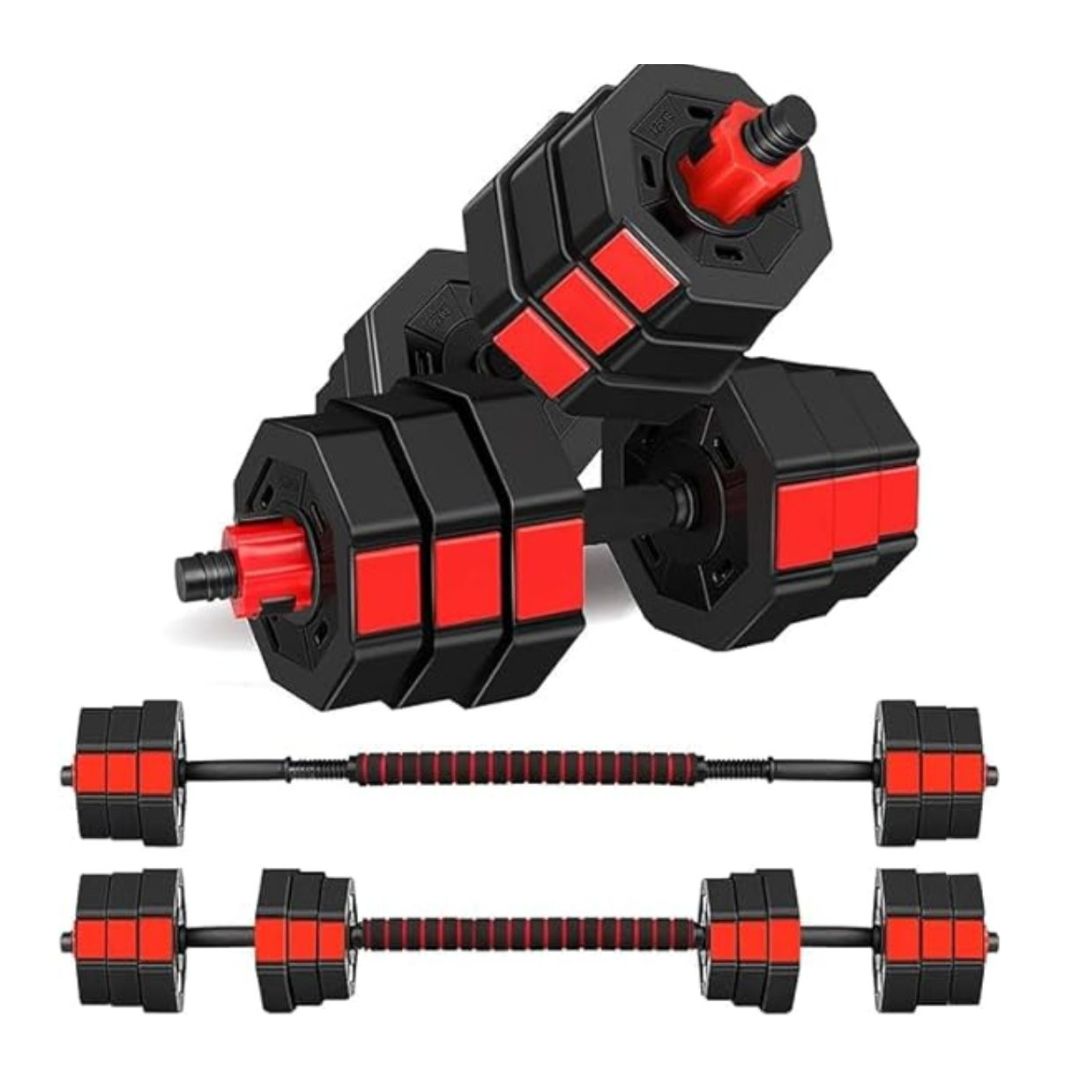 PVC Dumbbells
PVC Dumbbells
 NUO Style Adjustable Dumbbells
NUO Style Adjustable Dumbbells
 Olympic Barbells 2"
Olympic Barbells 2"
 Standard Barbells 1"
Standard Barbells 1"
 Fixed Weight Bars
Fixed Weight Bars
 Benches with Pulley & Rack
Benches with Pulley & Rack
 CARDIO
CARDIO
 Foldable Walking Pads
Foldable Walking Pads
 Exercise Bikes
Exercise Bikes
 RACKS, CAGES & SMITHS
RACKS, CAGES & SMITHS
 Smith Machines
Smith Machines
 Power Racks
Power Racks
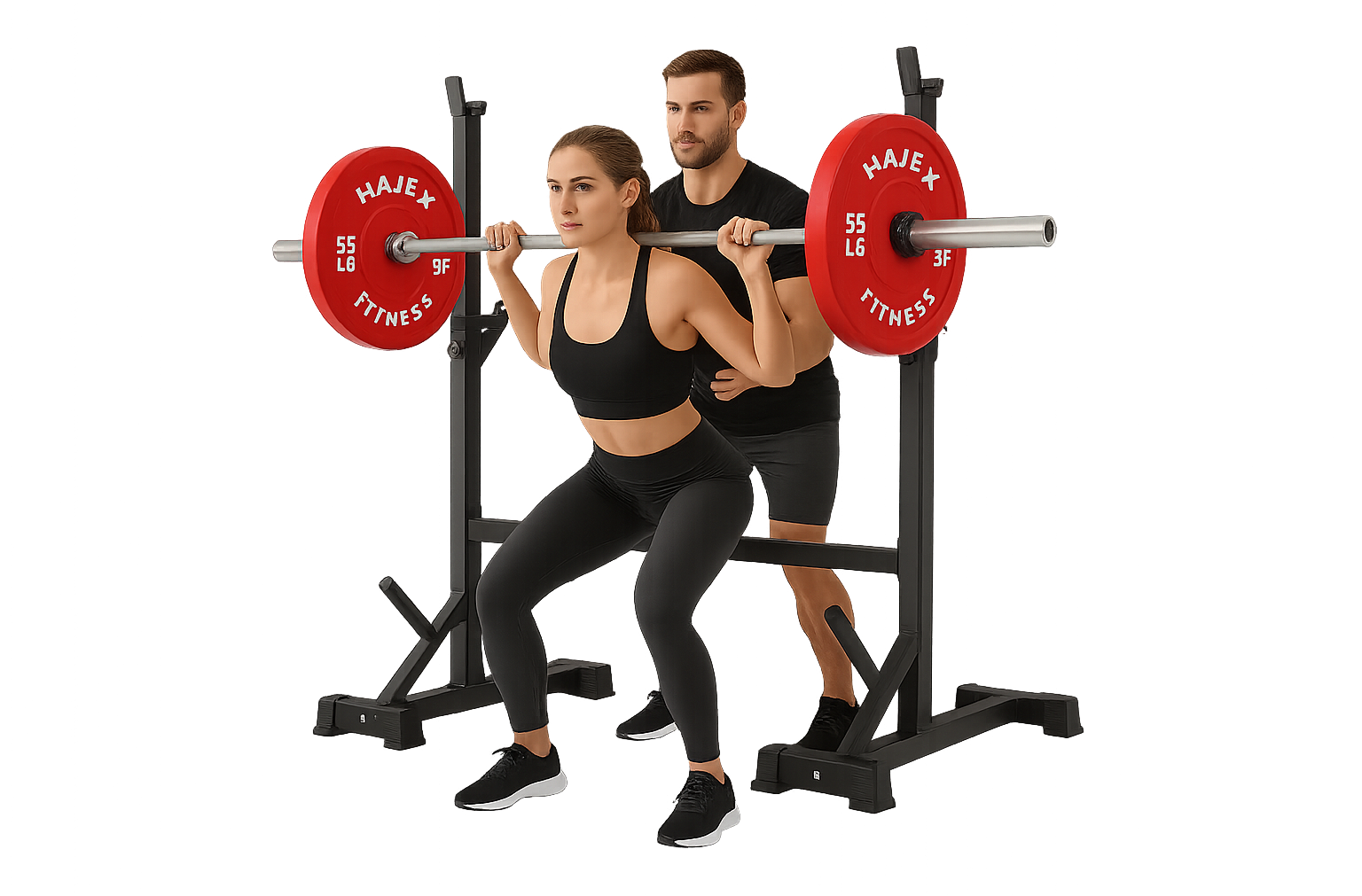 Squat Racks
Squat Racks
 STORAGE RACKS
STORAGE RACKS
 Dumbbell & Kettlebell Racks
Dumbbell & Kettlebell Racks
 Mini Dumbbell Racks
Mini Dumbbell Racks
 Adjusatble Dumbbell Stands
Adjusatble Dumbbell Stands
 MORE
MORE
 Kettlebells
Kettlebells
 Adjustable Kettlebells - Single & Pair
Adjustable Kettlebells - Single & Pair
 Floor Mats
Floor Mats
 Yoga
Yoga
 Push Up
Push Up
 Resistance Bands
Resistance Bands
 Barbell Pads
Barbell Pads
 Dumbbell Handles
Dumbbell Handles
 Jump Ropes
Jump Ropes






